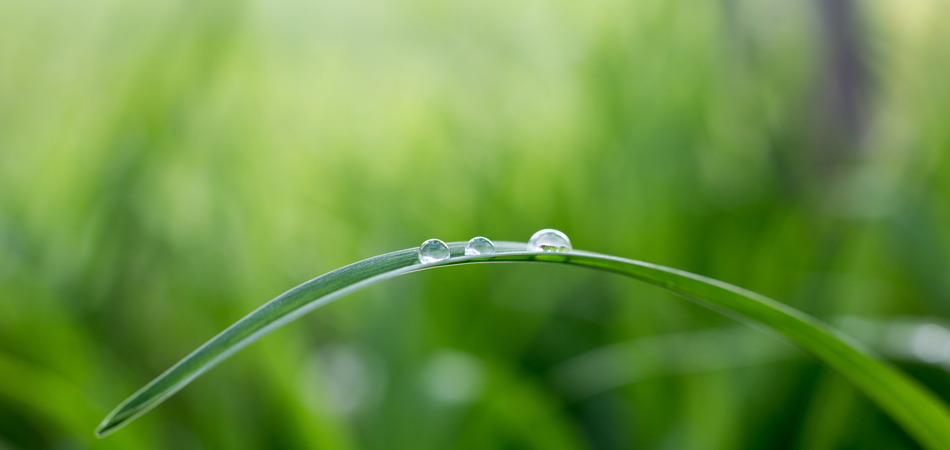In the whirlwind of our daily existence, the phrase “Be where your feet are” has emerged as a powerful reminder to embrace mindfulness. It serves as a clarion call to ground ourselves in the present moment, which is especially paramount in today’s fast-paced world. But what does this proverb truly signify within the context of our lives, and how can we actively incorporate its wisdom into our everyday routines? This exploration not only elucidates the essence of being fully present but also challenges us to ponder: are we truly aware of where we are at any given moment?
To commence with, one must consider the sheer complexity of existence in the modern context. With the barrage of notifications from our devices, the incessant rush of daily commitments, and the often overwhelming noise of societal expectations, it is remarkably easy to find ourselves physically present yet mentally absent. “Be where your feet are” advocates for an authentic engagement with our current situations, urging us to acknowledge and appreciate the now, even when it is tinged with discomfort or monotony.
Mindfulness, at its core, is the practice of cultivating awareness. In pragmatic terms, it means recognizing your thoughts, feelings, and sensations without judgment. To embody the sentiment of “being where your feet are,” one must relinquish the incessant clamor of concern for the past and the future. This can be particularly challenging; our minds often drift towards lingering regrets or looming responsibilities. The challenge here lies in resisting the urge to vacate the present.
Consider a simple exercise to illustrate this concept: the act of grounding oneself through physical awareness. Next time you find yourself overwhelmed, take a moment to focus on your feet. Feel the ground beneath you; notice its solidity and support. This exercise not only fosters a deeper connection to the surrounding environment but also ignites an inward exploration of your thoughts. The question thus arises: what emotions or reflections surface when you consciously redirect your attention to the present moment?
Engaging with the present also facilitates improved emotional regulation. When we repeatedly practice mindfulness—being committed to the here and now—our capacity to manage stress and anxiety enhances significantly. The act of being present tends to simplify complex emotional responses, allowing for a clearer perspective on challenges. It presents an invitation to observe emotions without becoming entangled in them, fostering resilience over time.
However, there is a caveat to this exploration. Embracing mindfulness may not always yield immediate gratification. There may be a lurking discomfort as one confronts suppressed feelings and unfulfilled aspirations. Learning to accept these moments of clarity, while simultaneously allowing space for personal growth, is a crucial aspect of the journey. It poses a playful yet poignant question: are you willing to sit with discomfort in exchange for a more profound understanding of yourself?
An essential aspect of this discussion is the connection between mindfulness and environmental consciousness. Being fully present allows for a heightened awareness of our surrounding ecosystems and the challenges they face. As we “be where our feet are,” we concurrently engage with the earth beneath us, often recognizing the intricate systems that sustain life. This awareness can lead to a deeper appreciation for nature and a commitment to sustainability.
For instance, when one practices mindfulness in nature—taking a leisurely walk in the park or observing the tranquillity of a forest—there is an inherent recognition of the delicate balance of ecosystems. The quote “Be where your feet are” can act as a reminder that every step we take has ramifications, not just for ourselves but for the environment as well. Each mindful step becomes a vow to tread lightly, fostering a connection to the earth and a call to advocate for its preservation.
Moreover, it is worth contemplating how mindfulness can be entwined with community engagement and activism. By being present within our communities, we can identify local environmental initiatives, support sustainable practices, and advocate for change. The question then emerges: how can they make their daily choices reflect a commitment to environmental mindfulness? Simple actions such as reducing waste, supporting local agriculture, or participating in community clean-up events can create ripples of positive change.
Additionally, the practice of mindfulness enhances interpersonal relationships. By being fully present during conversations, we foster genuine connections that transcend superficial exchanges. The mindfulness journey encourages empathetic communication, allowing us to listen without the anticipation of response. This inherent connection between mindfulness and relational depth can lead not only to personal satisfaction but also to collective movements toward social and environmental justice.
As one reflects on the essence of “Be where your feet are,” it is crucial to recognize that this principle extends beyond self-care. It is a guiding mantra for stewardship—both of ourselves and the planet. In this pursuit, we invite joy, awareness, and responsibility into our lives. So, the challenge remains: will you accept the invitation to inhabit your present fully, embracing not only personal growth but also a commitment to the wider world around you?
In synthesis, the phrase “Be where your feet are” encapsulates the vital importance of grounding oneself in the present—a practice that has profound implications for personal mental well-being, emotional health, and environmental stewardship. It beckons us to explore the intersection of mindfulness, nature, and community, urging us not to simply exist but to live intentionally and responsibly amidst the complexities of life. Mindfulness serves as a catalyst for a more conscious existence, propelling us toward a future that honors both our inner landscapes and the magnificent planet that cradles us.
